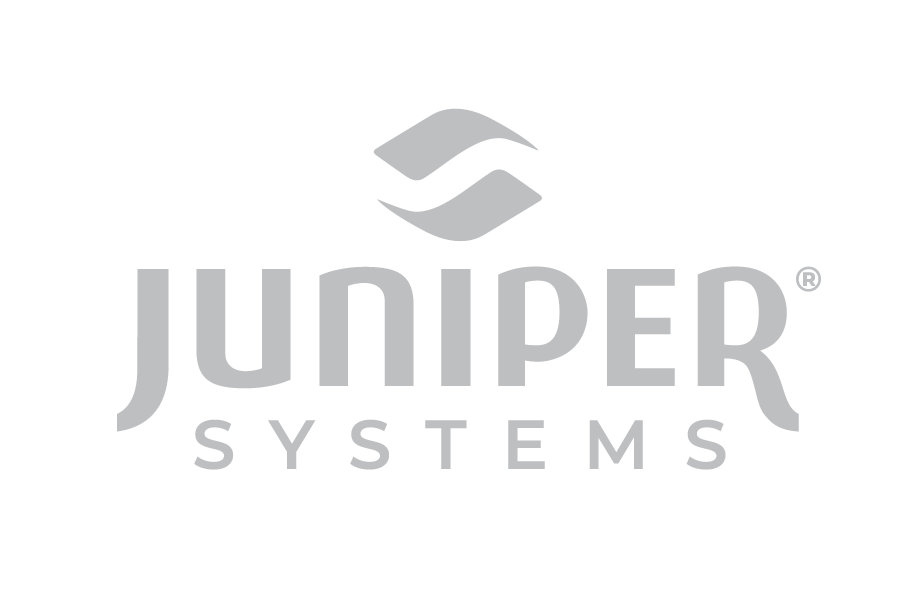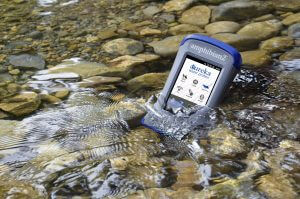A University of Nevada Las Vegas research team turned to the Amphibian2™ from Eureka Water Probes while conducting water flow research. The Amphibian2 offers reliable GPS accuracy, easy data collection, and the durability to withstand adverse environmental conditions of studying water reuse. The Amphibian2 is a custom version of the Archer 2 Rugged Handheld by Juniper Systems.

In order to create an accurate model for best practices in water reuse, David James, Ph.D., from UNLV, and his research students performed water flow research at Lake Arrowhead in California. This lake is 782 acres in size, 185 ft deep, and has an elevation of 5,174 ft. The research team used tracers and water probes to collect water flow data. They utilized the Amphibian2 to physically interface with the probes as they log real-time data.
The team explored a variety of devices to retrieve the data from the the probes. Laptops proved to be too bulky and unfit for the the adverse conditions. Interfacing with the water probes had to be done on the water in boats.
“Ultimately, the Amphibian2 was the best choice for GPS accuracy, rejecting stray signals, and being resistant from error that comes from the satellites in our area,” said Dr. James. “The rugged nature of the device also stuck out as a positive.”
Rugged and comprehensive
In addition to these features, the team was pleasantly surprised with how straightforward it was to use the Amphibian 2. Despite having above normal rainfall in Southern California during the testing period, the team was able to help water utilities adopt a common set of best practices for water reclamation. To provide these best practices, the team required lots of instrumentation to record and collect data in diverse environments. The team turned to the Amphibian2 in this unforgiving environment to retrieve data information from the probes.
“This device was easy to setup, connect with the sensor, and was stable for the extensive 12-hour days we work,” said Ali Saber Sichani, a research student assisting in the study. “In such conditions, the Amphibian2 thrives with a long-lasting battery to capture critical GPS coordinates. Making it simple for profiling and measuring other quality constituents of the study.”
Field ready for the data intensive

The team has been successful in collecting gigabytes worth of data to validate a three-dimensional hydrodynamic model of best practices for tracer and hydrodynamic studies to reuse water.
“Robust conditions of field monitoring made it so we required a device that can survive the wind, rain, and shock of our tracer study,” Said Dr. James. “Making the Amphibian2 the clear choice for our study.”
Moreover, to validate their research, the team relied heavily on the ability of the Amphibian2 to collect real time data between data loggers, integrate information between the probes, and GPS accuracy to map the area for key measurements. To put it simply, a laptop was not going to cut it for the data intensive and harsh environment of this research.
The Amphibian2 was instrumental in understanding how water reuse can provide for the growing population. To make water more accessible to the people of California and other Southern States, the water system needs to change. One of the fundamental factors that will influence this change is the data and research conducted by this team through the Archer 2, weather stations, and other devices.
The results of this study are anticipated to be concluded by the end of September 2020. To learn more about the Amphibian2 visit Eureka Water Probes. To see more rugged handheld devices visit Juniper Systems.

